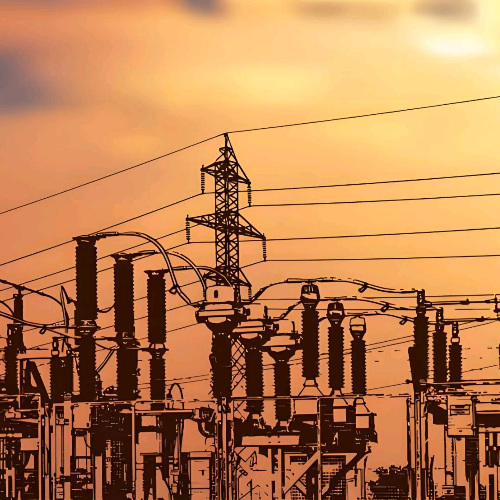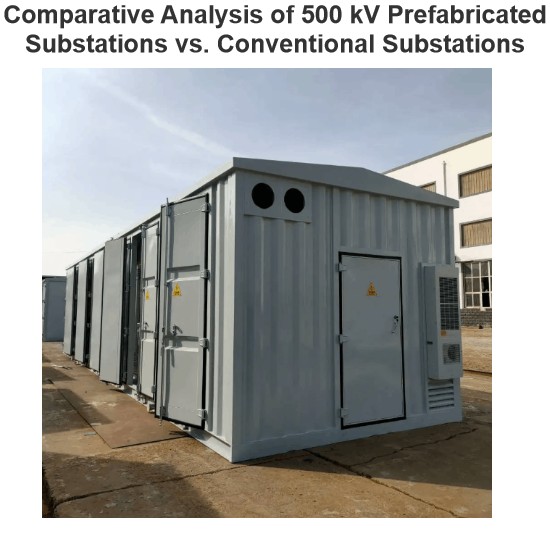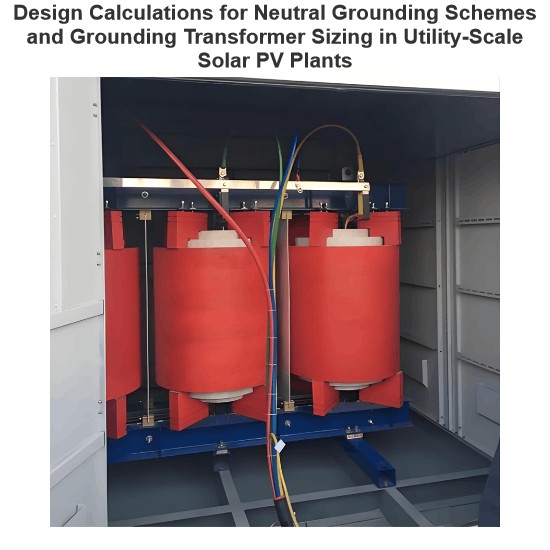The ZW32 - 12/630 - 20 outdoor high - voltage vacuum circuit breaker is a widely - used switching device in the current 12 kV distribution network. It adopts a three - phase pillar - type, fully - sealed structure, and features stable and reliable interrupting performance, a simple and concise appearance, light weight, small size, and suitability for pole - mounted installation. Due to its numerous advantages, it has won widespread favor among power users since its introduction to the market. Our company has also engaged in its production, with an annual sales volume of over 5,000 units. Based on the after - sales service in recent years, we have made some technical and technological improvements and refinements to the commonly - reported issues by users, which have been well - promoted and applied.
The key focus of the "12th Five - Year Plan" is transformation and upgrading. It advocates using high - tech to transform traditional industries, enhancing the core competitiveness of products through industrial transformation and upgrading, and promoting the orderly, healthy, and rapid development of the electrical engineering industry. At its 2005 work conference, the State Grid Corporation proposed "promoting standardized construction of the power grid, unifying technical standards for power grid engineering construction at all levels, promoting the application of typical designs, optimizing designs, saving investment, and improving efficiency." Therefore, taking customers as the focus of attention, actively responding to customer needs, and continuously improving and upgrading product quality in line with standards are urgent tasks for the high - voltage switch industry.
The design principles are: safety and reliability, advanced technology, reasonable investment, unified standards, and efficient operation. Efforts are made to achieve a coordinated unity of uniformity, reliability, advancement, economy, adaptability, flexibility, timeliness, and harmony.

















